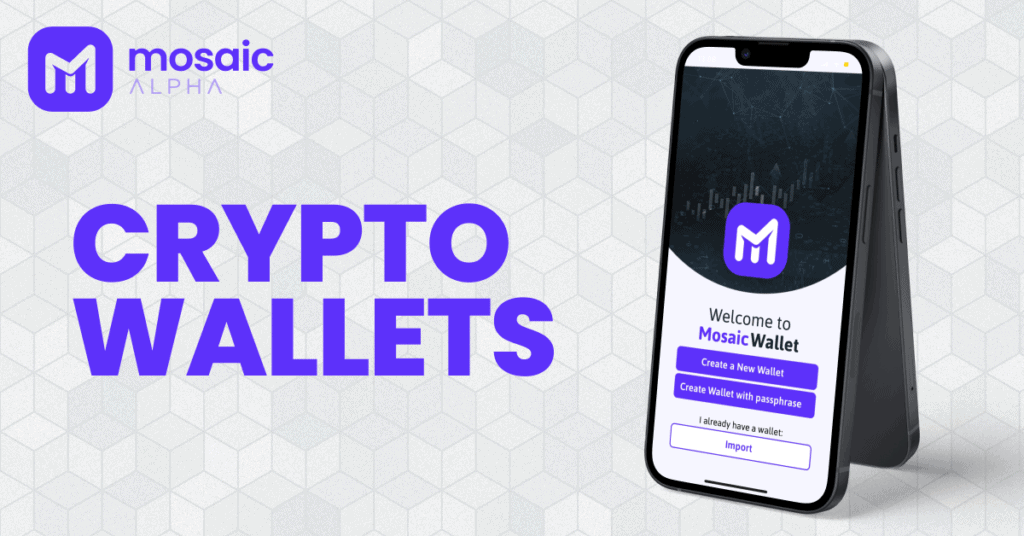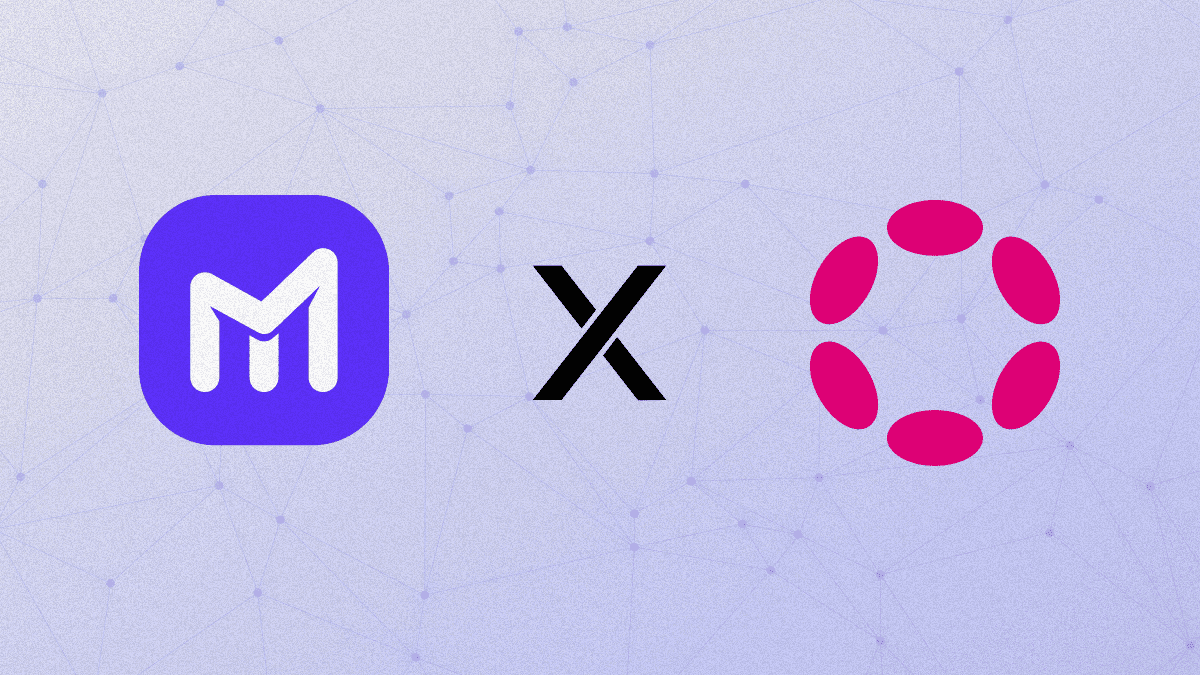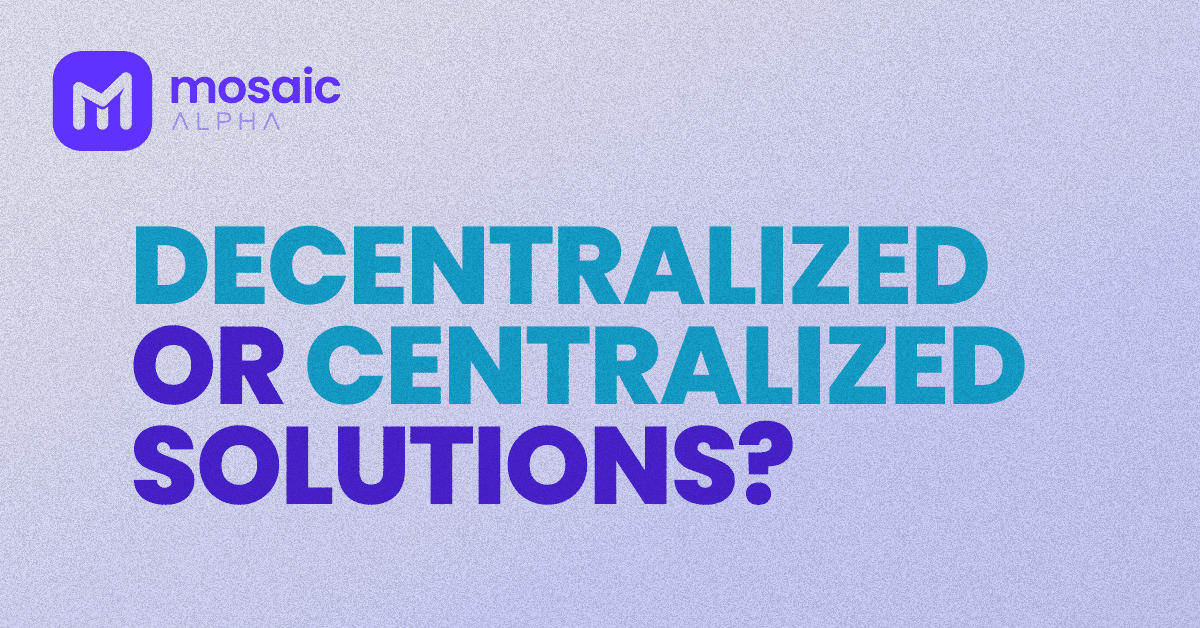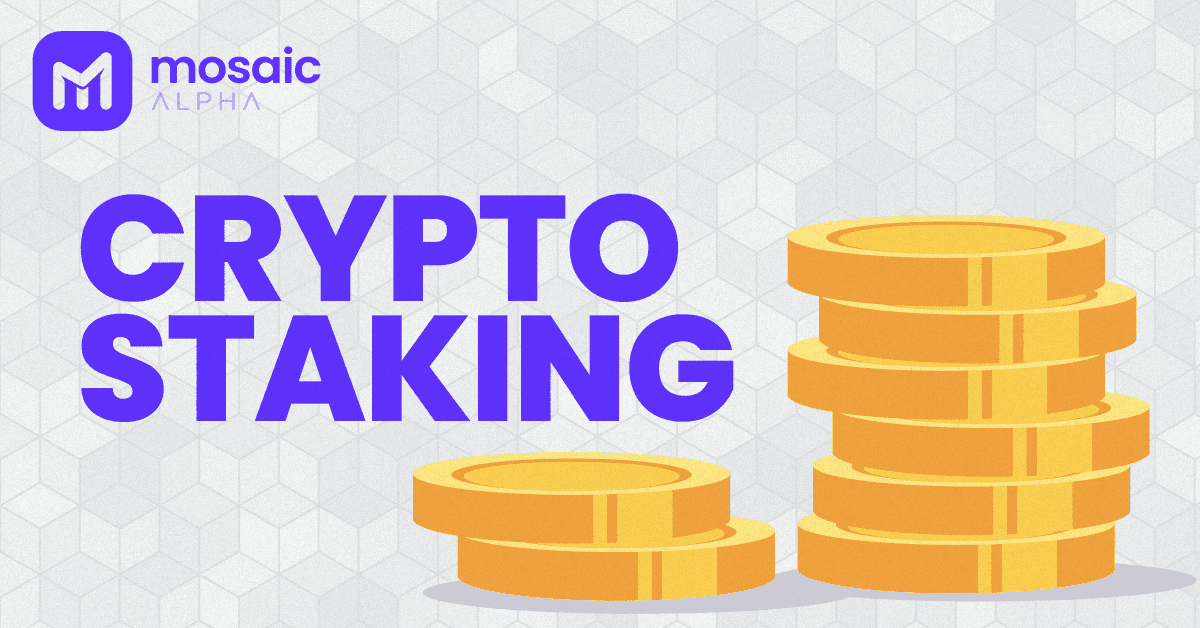When we hear the word “wallet”, we immediately think of a purse or a wallet to hold our cash, ID cards, bank cards.
Unlike cash, digital currencies are stored on a blockchain, as they do not physically exist.
To create a cryptocurrency wallet, you need to generate a private key and a public key, which will allow you to access your balance and send and receive cryptocurrencies.
Let’s look at how traditional banking applications and cryptocurrency wallets work, using an analogy. Imagine that your bank is the blockchain, your bank account number is your public key, your online banking application is your cryptocurrency wallet, and your online banking app login details are your private key.
Your bank keeps track of all transactions to and from your bank account, just as the blockchain records and tracks all transactions to and from the public key.
The online banking application allows you to check your bank account balance and send or receive transactions, as the cryptocurrency wallet allows you to check your balance and send or receive cryptocurrencies. To log in to the online banking application, you must first enter your username and password, which is like using your private key to access your cryptocurrency wallet.
The public key is similar to your bank account number, meaning that if you give it to anyone, they can send you money. The public key is also known as a “wallet address”.
Knowing your bank account number alone does not enable someone to withdraw money from your account. The public key works the same way – anyone can send you cryptocurrency with your public key, but they can’t take it away from you.
However, this is not the case with your private key – if you give anyone your private key, they can access your cryptocurrency and send it to another address. Unlike traditional banking services, if you have given access to your private key and your cryptocurrency has gone missing, it is unlikely that you will be able to recover it. There is no online administrator and no supervisory body you can turn to. This is why hiding your private key is so important.
Before you send or receive cryptocurrency, you need to make sure that you are trying to send cryptocurrency to a wallet address that can receive it. So you can only send and receive bitcoin to and from a bitcoin address. Ethereum can only be sent to an ethereum address and so on. Just like you can’t send money from a EUR account to a USD account without exchanging it.
All completed transactions on the blockchain are chronologically logged. This enables you to track and see the list of transactions made, i.e. cryptocurrency sent and received within the blockchain.
We hope that we have managed to clarify the concept of crypto wallets.
The next step is to store your cryptocurrencies.
On what equipment/wallets is this possible? How safe are they? Where can you get them and how can you activate them?
Find out more in our next article.
Till then, follow us and read some more interesting articles on our website.









